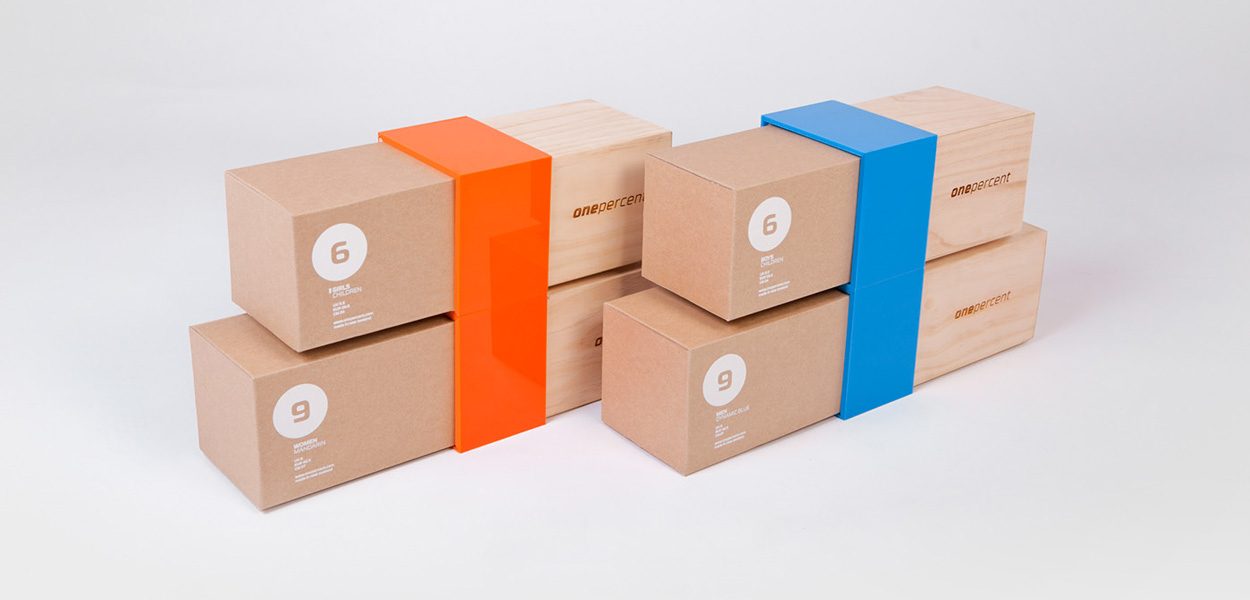The Rise of Micro Packaging
Micro packaging refers to very small package sizes designed to contain extremely small quantities of a product. As product and technology miniaturization continues advancing at a rapid pace, micro packaging has emerged as an innovative solution to accommodate shrinking components and doses. Significant research and development over the past decade has driven the micro packaging industry forward, enabling packaging at the micro and even the nanoscale.
One of the primary factors fueling micro packaging adoption is the consumer electronics sector. Smartphones, wearables, wireless earbuds and other compact devices demand incredibly small packaging to optimize space and portability. Chip and circuit manufacturers also rely on micro packaging techniques to encase diminutive components like microprocessors, microchips, sensors and more. The medical field has been another major adopter, using micro packaging for precision drug doses, medical devices and laboratory samples.
Micro Blister Packs Lead the Way
Among the most widely used forms of Micro Packaging are blister packs. Blister packs offer outstanding protection for small and fragile products through their clamshell structure consisting of a clear plastic cover sealed to a backing of paperboard or plastic substrate. For micro packaging applications, traditional blister pack dimensions have been shrunk down to hold product volumes as low as a few milliliters or a handful of items.
These so-called “micro blister packs” are well suited to contain precisely metered formulations in capsules or tablets. They have found extensive use for over-the-counter drugs and supplements, where consistency and quality are essential. Micro blister packs are also ideal for single-use consumer products like sweeteners, spices or condiments. Their tamper-evident seal and visibility of contents have made micro blisters a mainstay in point-of-sale retail applications.
Beyond medication management, micro blister packs excel at organizing tiny spare parts, components and accessories. The electronics repair industry favors them for keeping various screws, pins and connectors separated and organized. Do-it-yourself hobbyists also rely on micro blisters for model kits. Their straightforward child-resistant opening provides convenience alongside crucial component protection. As a versatile and cost-effective micro packaging choice, blister packs will likely be a standard choice for years to come.
Micro Pouches Safeguard Sensitive Samples
For enclosing samples with strict contamination controls, micro flexible pouches offer a viable alternative to blisters. These flat pouches have barrier properties optimized to provide an ultra-clean interior space isolated from ambient conditions. Common materials like polymeric films, foil laminates and ultra-low porosity papers enable micro pouch constructions with exceptional barrier performance.
Being completely sealed, micro pouches prevent any contact between the contained sample and external factors. This makes them ideal carriers for laboratory specimens, medical swabs and other materials requiring pristine storage. Their non-rigid shape also accommodates irregularly shaped samples better than rigid containers. Micro pouches are commonly heat-sealed or adhesive-sealed for a hermetic enclosure after filling. Peel-open structures allow effortless, no-touch sample retrieval as needed.
As analysis technologies advance capabilities down to the molecular scale, demand grows for robust yet minimally invasive micro sampling and transport systems. Micro pouches fulfill this need, leveraging barrier materials science to keep samples isolated for downstream processing or archiving. Areas like genomic research, forensic science and clean manufacturing have all benefited greatly from dependable micro pouch protection of sensitive analytes. This application space positions micro pouches as an important niche packaging solution into the future.
Innovating at the Leading Edge
To push boundaries even further, some micro packaging pioneers are exploring format transitions beyond traditional blisters and pouches. Die-cut lidding films aim to provide simpler, lower cost single-use enclosures. Multi-component injection molding mates rigid and flexible elements for optimized designs. And advanced 3D printing now fabricates intricate microstructures with mechanically strong polymers.
Progress also stems from continual materials advances. Developing new high-barrier laminations expands micro pouch applicability. And modifying substrate makeup extends shelf life across diverse product types. Nanoscale coatings that self-clean or prevent adsorption open up novel functionalities, too. Artificial intelligence may soon assist with optimizing micro package designs based on product and usage datasets.
Micro packaging innovation thus remains vibrant as needs evolve. With integrated solutions focused on containment, convenience and protection even at the lowest dosage levels, it ensures optimized product delivery wherever miniaturization prevails. By refining formats and combining enhanced materials, the industry lays foundations for assuring quality right down to the smallest scale. Continued refinement keeps micro packaging at the vanguard of enabling technological and therapeutic progress through effective miniature containment.




